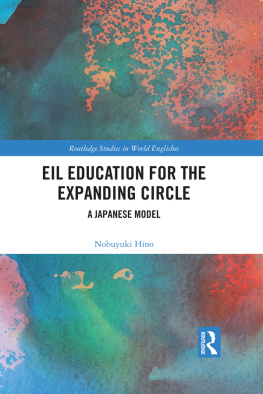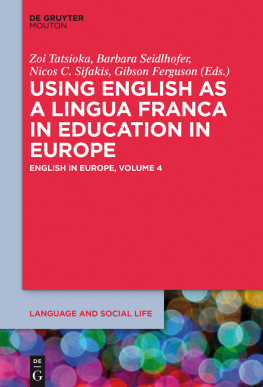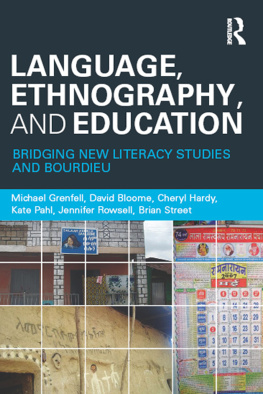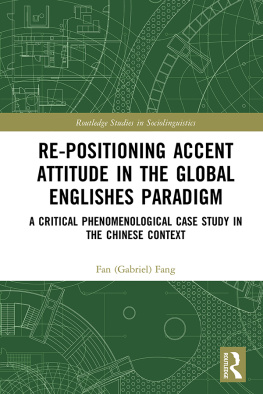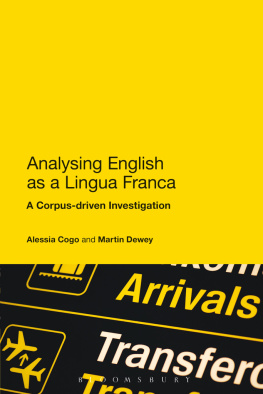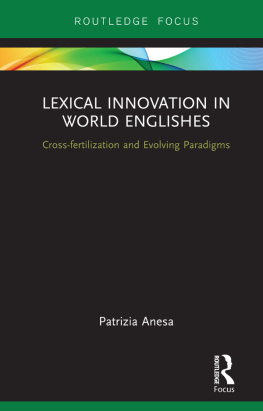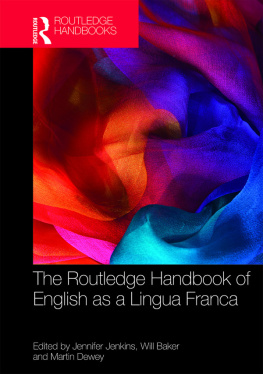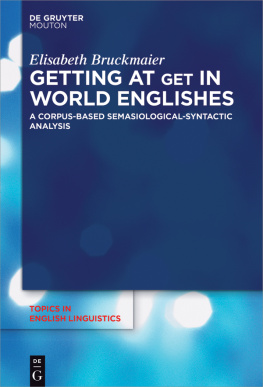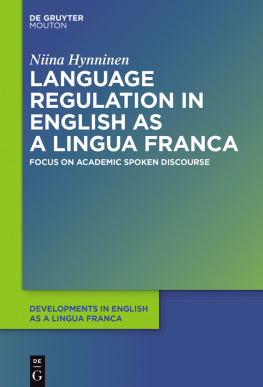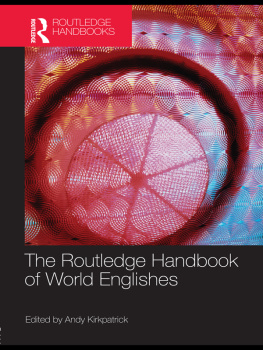First published 2018
by Routledge
2 Park Square, Milton Park, Abingdon, Oxon OX14 4RN
and by Routledge
711 Third Avenue, New York, NY 10017
Routledge is an imprint of the Taylor & Francis Group, an informa business
2018 Nobuyuki Hino
The right of Nobuyuki Hino to be identified as author of this work has been asserted by him in accordance with sections 77 and 78 of the Copyright, Designs and Patents Act 1988.
All rights reserved. No part of this book may be reprinted or reproduced or utilized in any form or by any electronic, mechanical, or other means, now known or hereafter invented, including photocopying and recording, or in any information storage or retrieval system, without permission in writing from the publishers.
Trademark notice: Product or corporate names may be trademarks or registered trademarks, and are used only for identification and explanation without intent to infringe.
British Library Cataloguing-in-Publication Data
A catalogue record for this book is available from the British Library
Library of Congress Cataloging-in-Publication Data
Names: Hino, Nobuyuki, 1958 author.
Title: EIL education for the expanding circle : a Japanese model /
by Nobuyuki Hino.
Description: London ; New York : Routledge, [2018] | Series:
Routledge studies in world Englishes | Includes bibliographical
references and index.
Identifiers: LCCN 2017057419 | ISBN 9781138630383 (hardcover) |
ISBN 9781315209449 (ebook)
Subjects: LCSH: English languageStudy and teachingJapanese
speakers. | Intercultural communicationJapan. | Language and
educationJapan. | BilingualismJapan. | Applied linguistics
Japan.
Classification: LCC PE1130.J3 H56 2018 | DDC 428.0071/052dc23
LC record available at https://lccn.loc.gov/2017057419
ISBN: 978-1-138-63038-3 (hbk)
ISBN: 978-1-315-20944-9 (ebk)
Typeset in Galliard
by Apex CoVantage, LLC

How can ELT (English language teaching) help fill this world with love and peace, instead of hate and conflict? The world today is plagued with intolerance, as terrorism and war are so often caused by the rejection of cultural, ethnic, and religious diversity. Under the circumstances, ELT has the important mission to provide a means of communication and cross-cultural understanding between those with a variety of linguistic and cultural backgrounds.
What is urgently required in this undertaking is a new model of ELT that will allow users of English to communicate their own values, not only to native but also to non-native speakers, rather than the conventional type of ELT which confines learners within the Anglo-American frame of reference. The present volume proposes one such model, based on my research and practice for nearly four decades, aiming to produce users of English who positively accept the linguistic and cultural diversity of Englishes including their own.
The past 40 years in ELT, in fact, have seen a gradual surge of interest in post-Anglophone (Kirkpatrick, 2010) approaches, which liberate learners of English from native-speaker norms, endowing non-native speakers with the ownership of English (Widdowson, 1994; Norton, 1997; A. Matsuda, 2003). Those innovative schools of thought include EIL (English as an International Language), WE (World Englishes), and ELF (English as a Lingua Franca), originating in Smith (1976), B. Kachru (1965), and Jenkins (2000), respectively. Though this book primarily employs the term EIL coined by Smith, the other two concepts, along with an indigenous Japanese philosophy known as kokusaieigo (International English) (Kunihiro, 1970), are also incorporated where appropriate into my theoretical framework and pedagogical practices.
As the title suggests, this book puts a particular focus on the sociolinguistic and educational needs for the Expanding Circle (B. Kachru, 1985, 1988), or countries such as Japan where English has no official domestic functions. For the Outer Circle, or former territories of the U.K. and the U.S., the spirit of postcolonialism has often motivated the deliverance from the Anglo-American style of ELT imposed by their former colonizers, as evident in the support for the legitimacy of Outer Circle varieties such as Indian English. It is high time that the Expanding Circle, including large portions of Asia, Europe, the Middle East, Latin America, and Africa, should also stand up for the right to pursue an ELT of their own, rather than merely continuing to mimic Anglophone pedagogy that is not tailored to their needs (cf. Hino, 1992a; McKay, 2003). While discussions in the present book mainly draw on examples from Japan as shown in the subtitle A Japanese model, many of them are expected to be applicable also to other Expanding Circle situations.
In essence, the teaching of EIL is an effort toward multicultural and symbiotic societies. It is hoped that EIL education, pictured in this volume, will ultimately contribute to the construction of a world that embraces diversity, where people with different values can live in peaceful harmony with one another.
Routledge Studies in World Englishes
Series Editor: Ee Ling Low
National Institute of Education, Nanyang Technological University,Singapore and President of Singapore Association of Applied Linguistics
This Singapore Association for Applied Linguistics book series will provide a starting point for those who wish to know more about the aspects of the spread of English in the current globalized world. Each volume can cover the following aspects of the study of World Englishes: issues and theoretical paradigms, feature-based studies (i.e. phonetics and phonology, syntax, lexis) and language in use (e.g. education, media, the law and other related disciplines).
English Pronunciation Models in a Globalized World
Accent, acceptability and Hong Kong English
Andrew Sewell
Attitudes to World Englishes
Implications for teaching English in South Korea
Hyejeong Ahn
Teaching English as an International Language
Implementing, reviewing and re-envisioning World Englishes in language education
Roby Marlina
Negotiating Englishes and English-speaking Identities
A study of youth learning English in Italy
Jacqueline Aiello
World Englishes
Rethinking paradigms
Edited by Ee Ling Low and Anne Pakir
EIL Education for the Expanding Circle
A Japanese model
Nobuyuki Hino
For a full list of titles in this series, visit www.routledge.com/Routledge-Studies-in-World-Englishes/book-series/RSWE
Contents
PART I
A paradigm of EIL education
PART II
Models, materials, and methodologies for EIL education
PART III
Practices of EIL education
Guide
that have also been extensively revised for this book.
:
Hino, N. (2001). Organizing EIL studies: Toward a paradigm. Asian Englishes , (1), 3465.
:
Hino, N. (2014). Teaching de-Anglo-Americanized English for international communication. The Journal of English Language and Literature , (1), 91106.
:
Hino, N. (2012). Endonormative models of EIL for the Expanding Circle. In A. Matsuda (Ed.) Principles and practices of teaching English as an international language (pp. 2843). Bristol: Multilingual Matters.
:
Hino, N. (1988). Nationalism and English as an international language: The history of English textbooks in Japan. World Englishes , 7(3), 309314.

